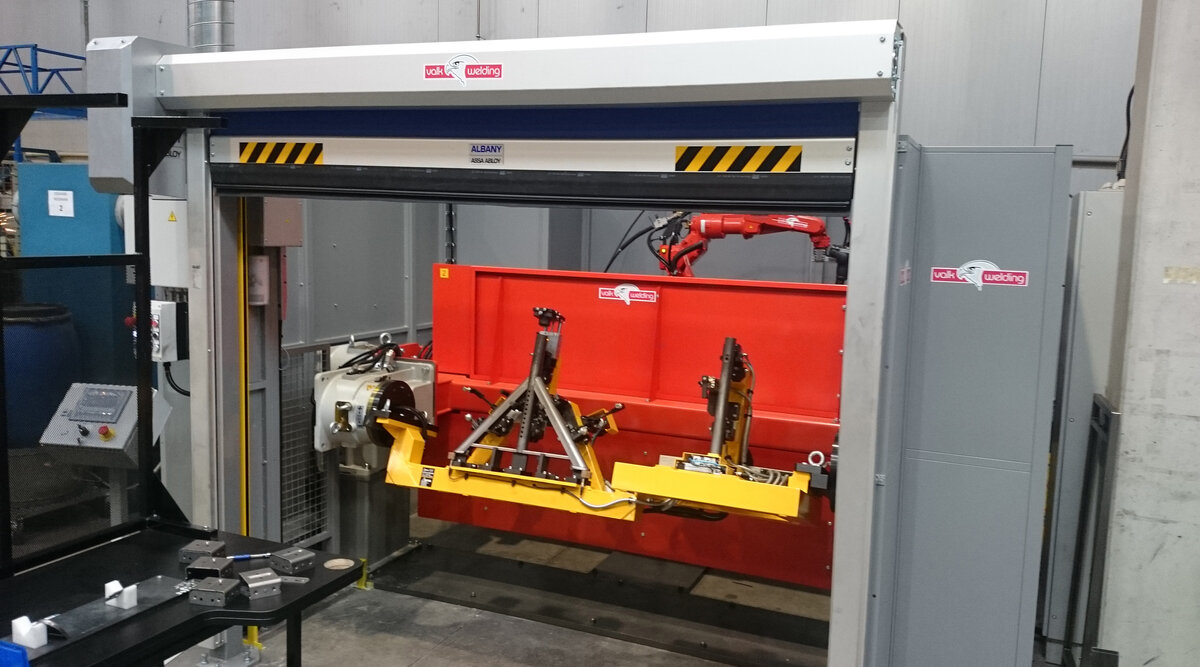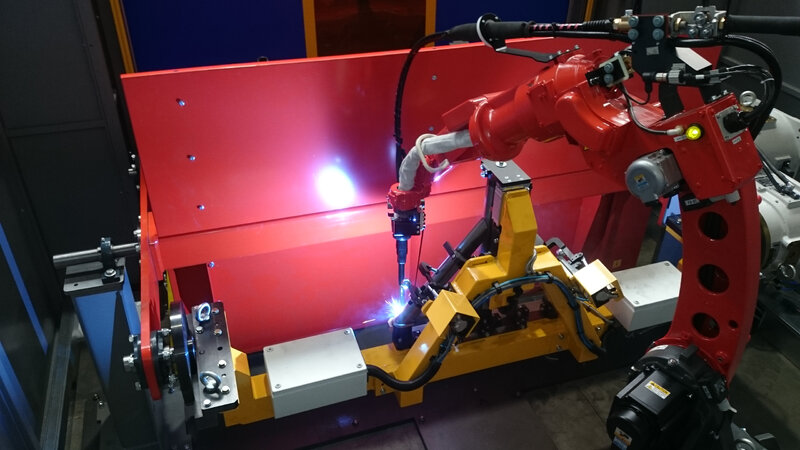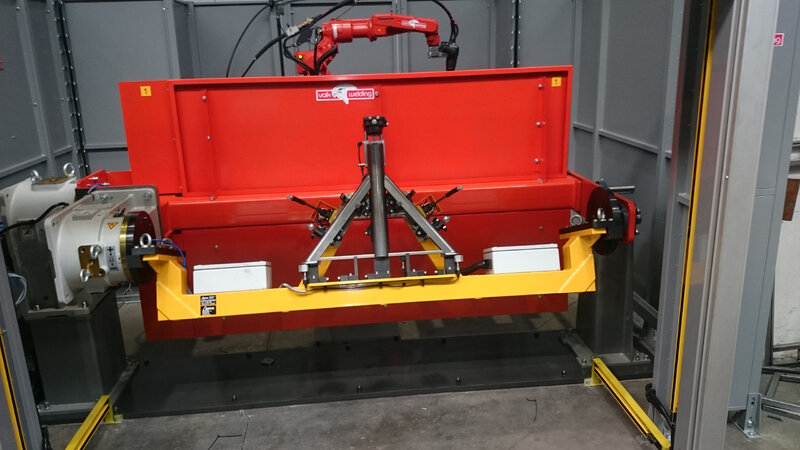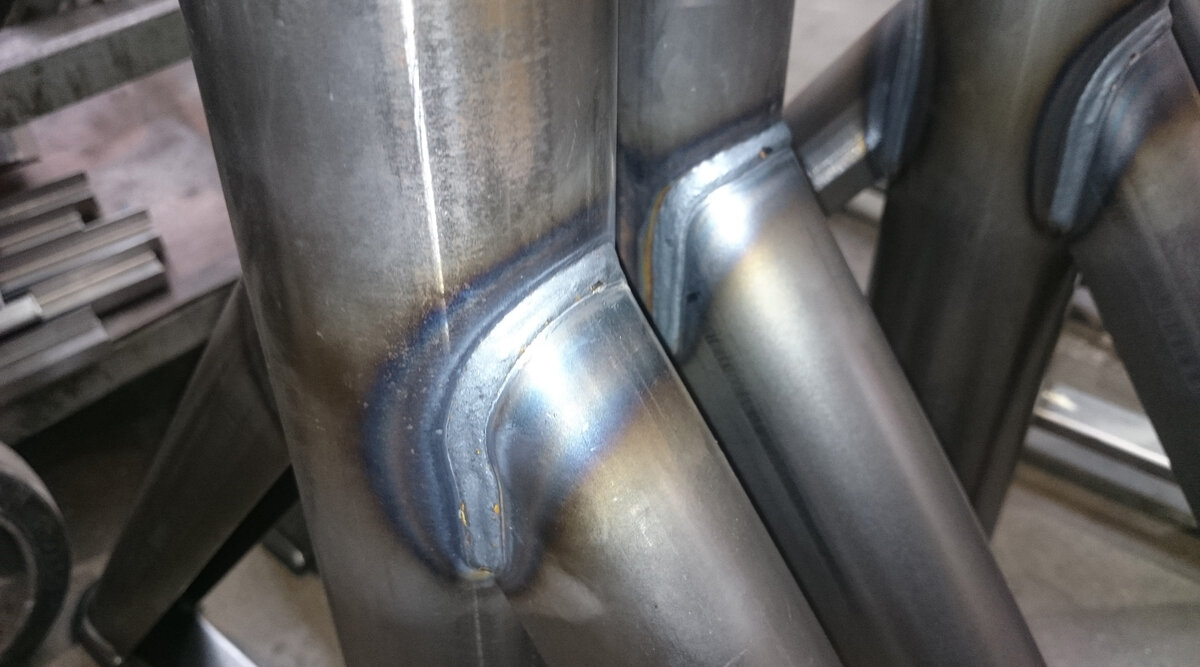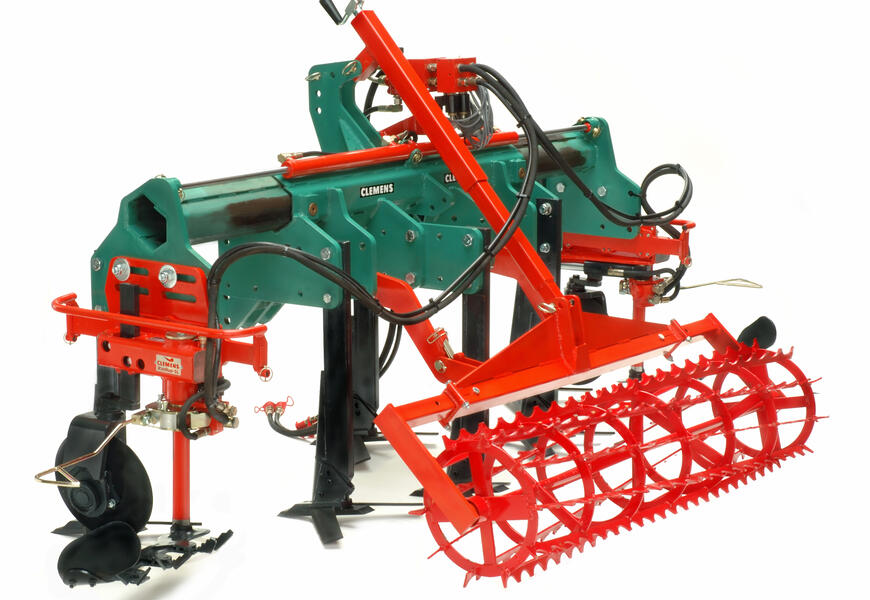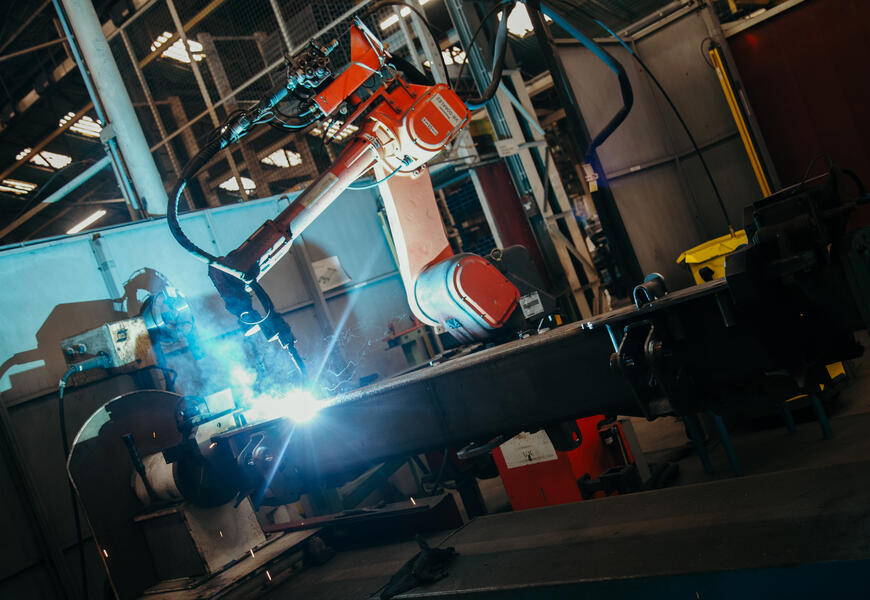Valk Welding robots
Based on our successful welding tests, we purchased our first Valk Welding robot in 2016, specifically designed for the production table frames. "The Panasonic TM1600WG3 is fitted with SP-MAG welding technology for that purpose, allowing us to reduce the cycle times by 25% versus the former robots, while also minimising manual finishing work,” explains the project manager.
User-friendly controls
The initial welding robot unit, featuring two workstations that rotate according to the Ferris wheel concept, has very user-friendly touchscreen controls. Even inexperienced personnel can check the status of production at any point, can input data and can initiate the welding robot. Zdeněk Luzar: "This welding robot unit allowed us to both meet the required production capacity for the table frames and comply with the required welding quality. Based on these results, we have also conducted welding tests for the development of a new table design. The appearance of the welding seams and the successful stress tests jointly resulted in a new order, and in us ordering three extra welding robot units from Valk Welding."

